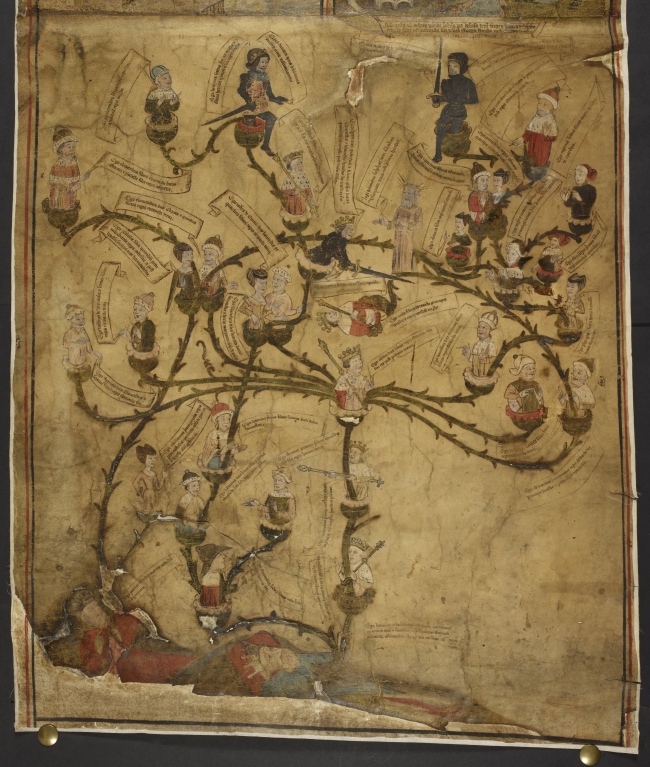Sonja Drimmer, UMass Amherst
Highly Visible, Hardly Seen: The Object of Politics In Late Medieval England

In a volume dedicated to the Wars of the Roses, historian Colin Richmond opens his essay on the visual arts with the delightfully cavalier dismissal: “the badness of English art, as well as the Englishness of English art, in the fifteenth century is a theme, a text rather than a sub-text of my contribution.” Historians of medieval art will be familiar with this attitude, one that has relegated England to the periphery of our field. Yet aesthetic dissatisfaction accounts only partially for this neglect. In addition to the arguable failures of artistic finesse, much of what survives from the fifteenth century resists inclusion and legibility within traditional categories of art historical analysis. Neither painting nor sculpture nor architecture, many of these objects are material outliers and hybrids. Neither religious nor scholastic nor courtly, many were devised to have a primarily political function. In this talk I examine a number of these objects, focusing in particular on a political poster featuring the genealogy of and narratives from the life of Edward IV. Juxtaposed with scenes from the Old Testament, and captioned with biblical excerpts, it forges audacious paths in visual communication. Situating this poster within a constellation of similar objects with persuasive designs, I ask and aim to provide some answers to the questions: What is political vision? And how can we account for it as a mode of seeing in the history of medieval art?
Presented by the Department of Art History as part of the 2017/18 Smart lecture series supported by the Smart Family Foundation.